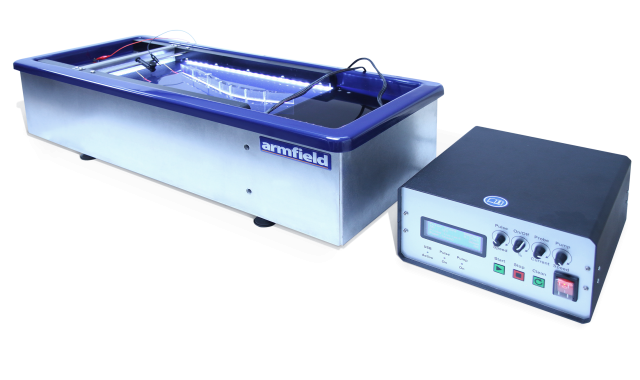
The C16 facilitates the viewing of the complex flow patterns associated with water flowing past solid objects or boundaries. The system uses the 'hydrogen bubble technique' to clearly show changes in the direction of the water.
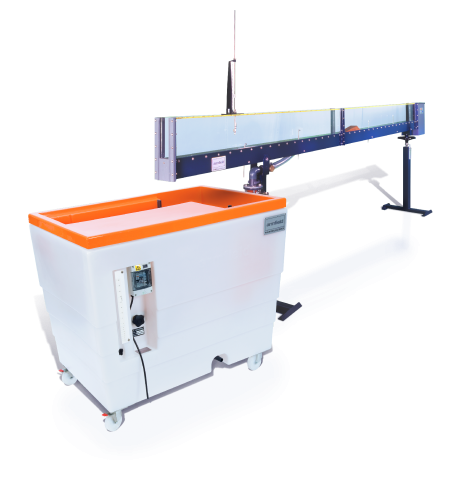
The Armfield Multi-purpose Teaching Flume has been specifically designed to demonstrate the principles of fluid mechanics when applied to engineering structures in open channel flow.
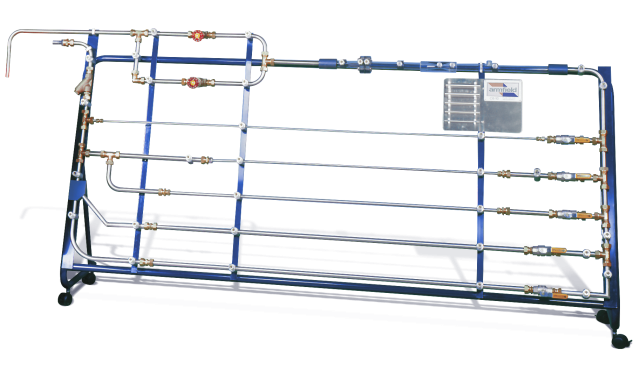
The Armfield C6MkII provides facilities for the detailed study of fluid friction head losses which occur when an incompressible fluid flows through pipes, fittings and flow metering devices. For use with the Armfield F1-10 Hydraulics bench.
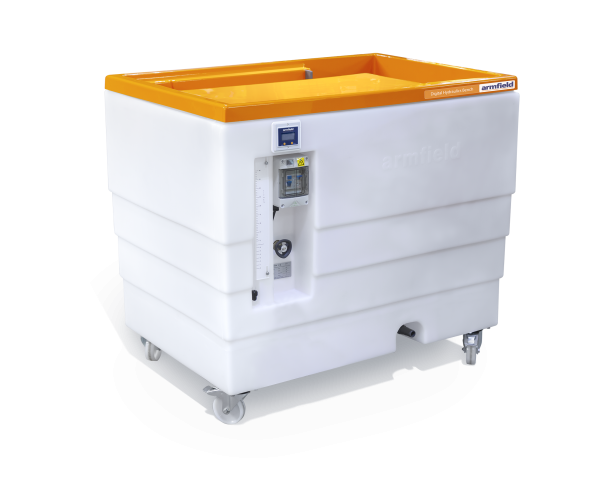
Based around the F1-10 Hydraulics Bench, this range of equipment has been extended and reinforced with an integrated range of hydrostatics teaching accessories and some new hydraulics products. Thus the complete curriculum can be covered.
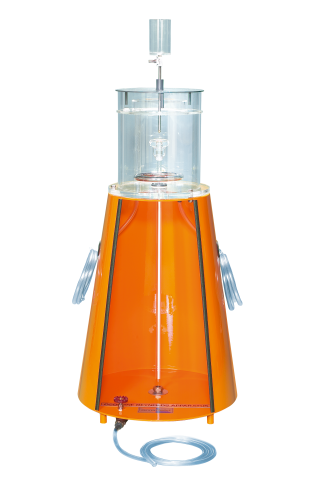
A robust item of equipment designed to reproduce the classic experiments of Professor Osborne Reynolds.
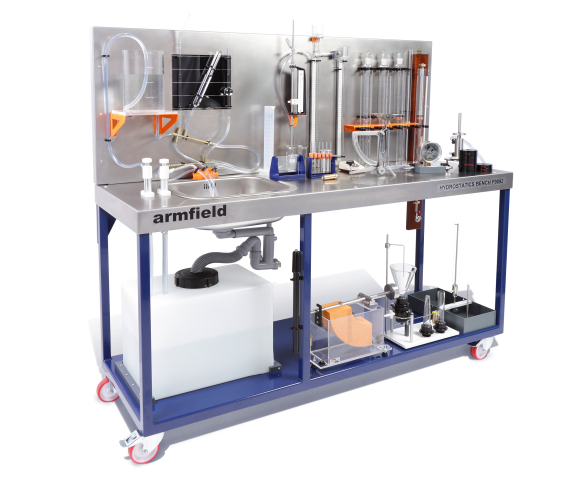
The F9092 demonstrates the properties of fluids and their behaviour under hydrostatic conditions, enabling students to develop an understanding and knowledge of a wide range of fundamental principles before studying fluids in motion.
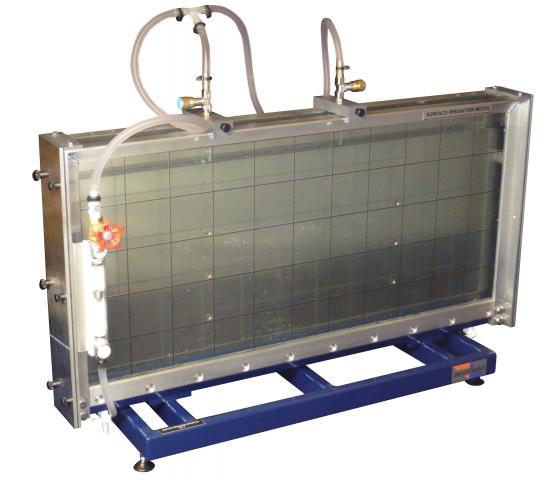
A free-standing, self-contained apparatus for laboratory-scale investigations of surface irrigation and related systems, including the surface and sub-surface effects of water application.
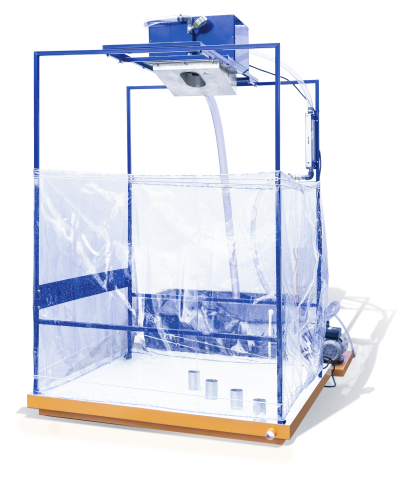
The FEL3 can be used in the laboratory or the field for simulated soil erosion and stabilisation studies. Ideal for investigating the relationship between rainfall and soil erosion, and identifying methods by which erosion may be prevented.


Powerful data entry, data logging, acquisition and control software.
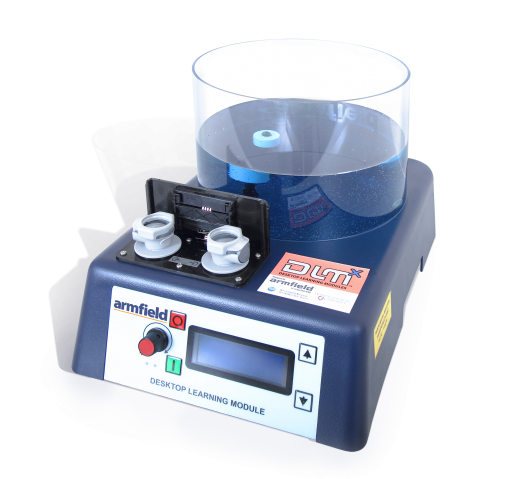
The DLMX represents the very best in modern engineering teaching equipment. The system is a highly visual learning tool that can be used to teach Heat Transfer, Fluid Mechanics and Thermofluids to students of all ages.
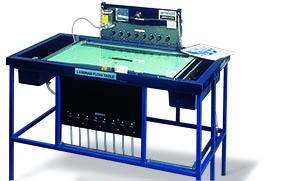
The Armfield Laminar Flow Table has been designed to simulate ideal fluid flow and give clear visualisation of the flow patterns created using water as the working fluid. This enables a comprehensive investigation into the principles of potential flow and enables modelling of appropriate physical systems.
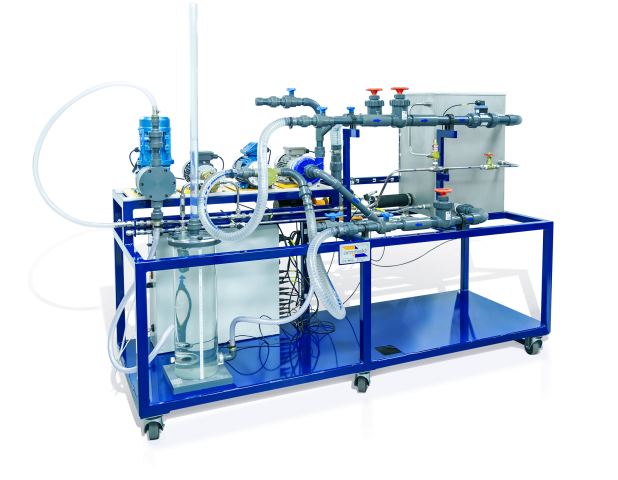
The C3MkII has been designed to demonstrate the operating characteristics (headflow curves and efficiency) of a series of different types of pumps, each having a broadly similar input power.
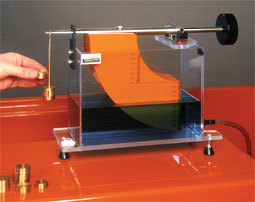
The Hydrostatic Pressure accessory has been designed to determine the static thrust exerted by a fluid on a submerged surface and enables comparison of the measured magnitude and position of this force with simple theory.
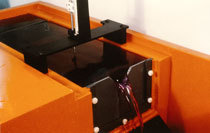
Two different weir plates are provided enabling familiarisation and comparison with theory.
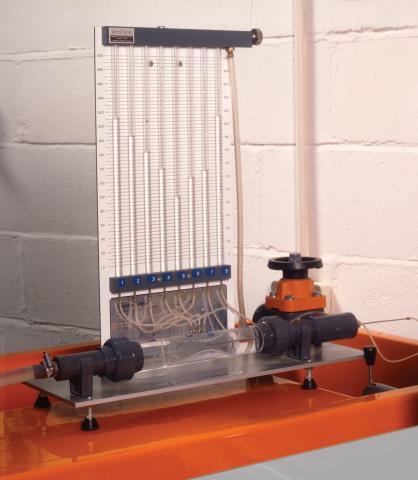
This accessory demonstrates the application of Bernoulli’s Theorem and circumstances where it does not apply.
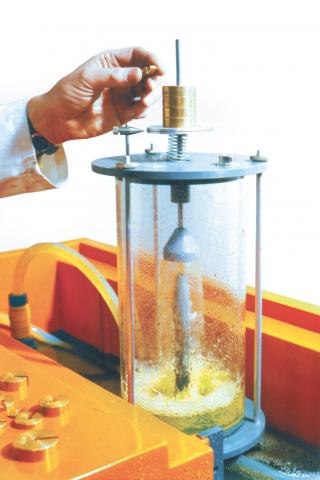
This equipment enables the force developed by a jet of water impinging upon a stationary object to be measured.
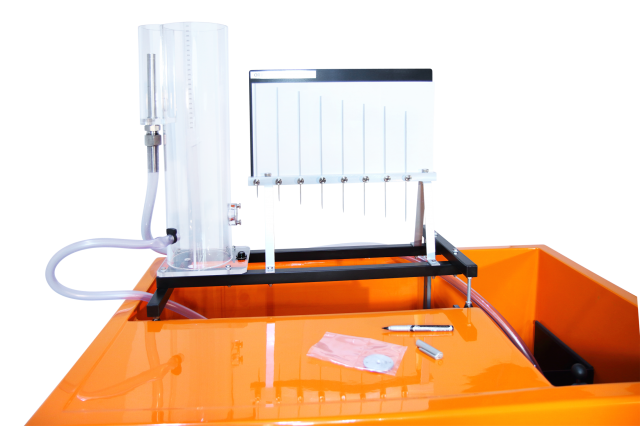
This equipment permits calibration of two orifices of differing diameter and enables the trajectory of the jet to be plotted.
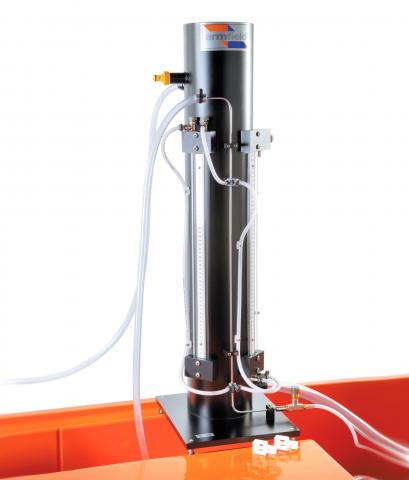
This equipment enables the pressure drop of water passing through a hydraulically smooth circular pipe to be measured in detail and the pipe friction equation to be verified.
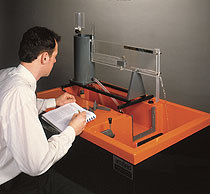
The Flow Channel introduces students to the characteristics of flow in an open channel at an elementary level.
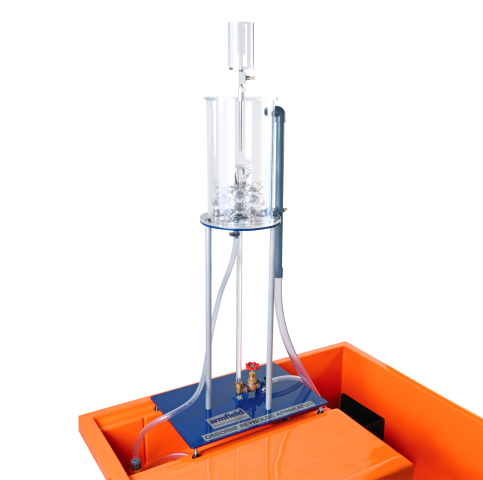
This item is intended to reproduce the classic experiments conducted by Professor Osborne Reynolds concerning the nature of laminar and turbulent flow.